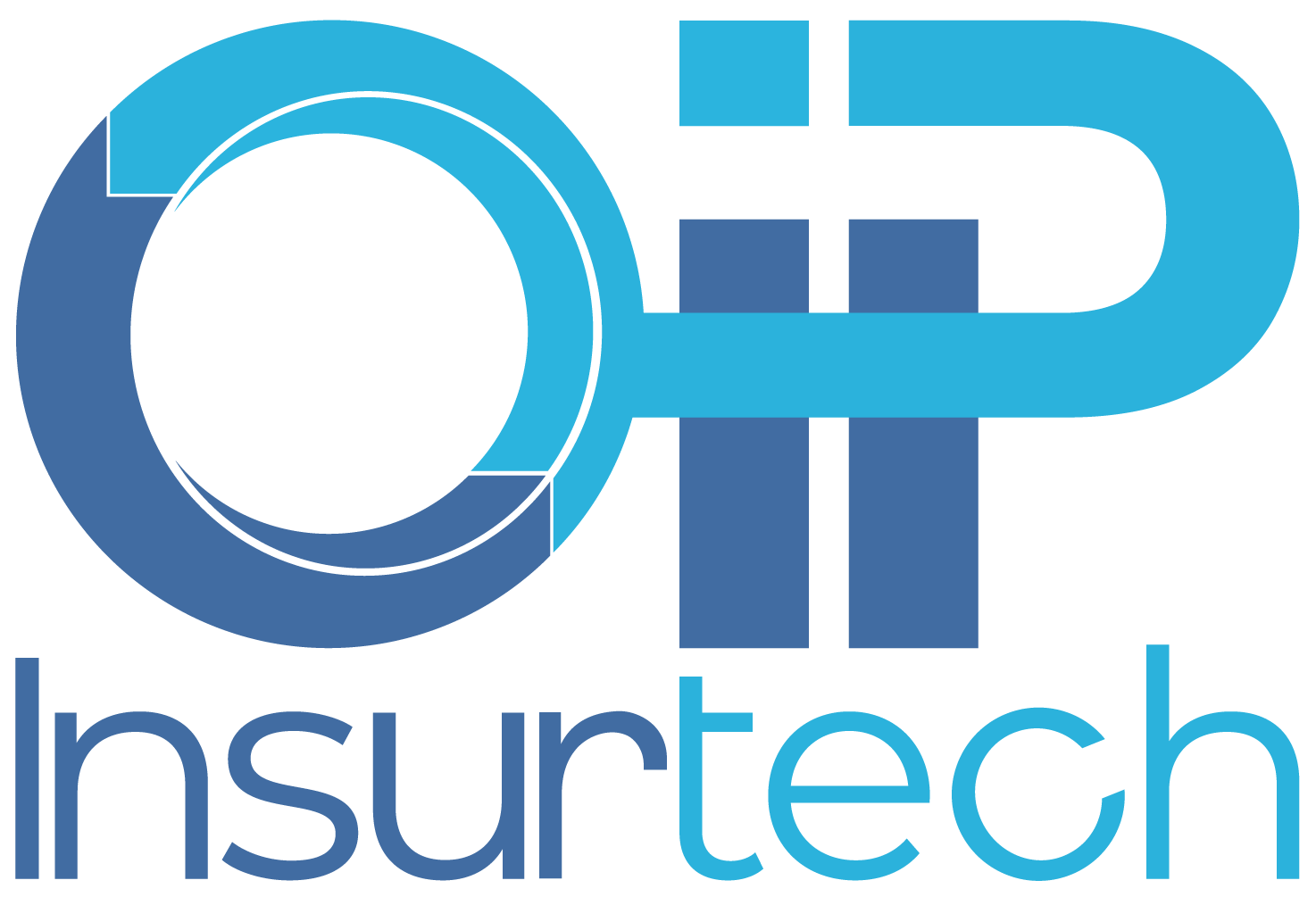Are Captives Built for Complexity? Why Operational Infrastructure Is the Next Big Risk
Captives are no longer niche players.
They cover cyber risk, ESG programs, employee benefits—even complex multinational exposures. But many are still running operations built for a simpler time.
Manual claims tracking. Excel-based loss runs. Email chains instead of integrated systems.
And that gap is starting to hurt.
As demands grow, captives struggle to scale. Their operations – people, systems, and workflows – weren’t designed for this level of pressure.
The result? Delays, data blind spots, and rising risk exposure.
We discussed why operational infrastructure, not capital, is becoming the next big challenge for captives. And what modern captives are doing to fix it.
The Hidden Cost of Growth
Captives today are taking on more risk. More lines, more regions, more reporting.
But most still use the tools they started with – Excel, PDFs, and email chains.
That works… until it doesn’t.
Adding new coverage like cyber or employee benefits means more data.
More vendors. More documents. But the infrastructure behind the scenes often stays the same.
It’s like adding lanes to a highway without fixing the potholes.
Real-world pain
Many U.S. healthcare captives are expanding into new lines, such as cyber and employee health benefits.
However, according to Marsh, these organizations often continue to rely on spreadsheets and shared folders for tracking claims and managing policy documents, which can lead to operational delays, confusion, and inconsistent reporting across departments.
Another example – Fortune 500 captives expanding into global cyber risk frequently face challenges integrating IT and risk data across separate systems.
Willis Towers Watson reports that despite growing cyber threats and regulatory complexity, many organizations still struggle with fragmented data and siloed departments, which can delay the identification of key exposures and hinder timely risk management decisions.
What modern captives are doing differently
- They adopt Risk Management Information Systems (RMIS) to pull claims, underwriting, and finance into one view.
- They connect to parent systems (like HR and security) via APIs—no more copy-pasting data between tools.
- They automate intake, renewals, and reporting workflows to free their teams from low-value tasks.
Growth is only good if your operation can keep up.

The Talent Bottleneck
Many captives are held together by a handful of experts.
And when one leaves? Years of knowledge walk out the door.
That’s the risk no spreadsheet can measure.
Most captives run lean. Sometimes too lean. One retirement, one resignation, or even one vacation can slow operations to a crawl.
The problem isn’t just capacity. It’s continuity.
Why this gap is growing
There’s a growing need for skills like data analytics, automation, and regulatory reporting.
But most captive teams weren’t built for that. They were built for traditional P&C handling, and that world is changing fast.
You can’t scale if your knowledge lives in one person’s head.
What modern captives are doing differently
- Partner with expert vendors – TPAs, automation firms, analytics providers – so the team doesn’t need to do everything alone.
- Create SOPs and process playbooks to preserve knowledge and improve onboarding.
- Invest in better tools and platforms that reduce grunt work and actually attract younger, tech-savvy professionals.
Top talent doesn’t want to spend their day merging PDFs or rekeying loss data. And they don’t have to.
Governance Is Falling Behind
Captives are evolving. Boards…not always.
What started as a simple vehicle to manage workers’ comp or general liability now covers cyber, ESG, and multinational risk.
But the oversight? Often stuck in last decade’s playbook.
The disconnect
Emerging lines demand deeper transparency, faster reporting, and sharper oversight. Yet many boards still receive static PDFs once a quarter. If that.
There’s no real-time visibility. No way to track trends or spot issues early. And in high-stakes lines like D&O or cyber, that’s a risk in itself.
What modern captives are doing differently
- Live dashboards that surface solvency ratios, loss trends, and claims anomalies in real time.
- Automated compliance documentation that keeps up with shifting regulatory demands – no last-minute scrambling for audit prep.
- Board-level reporting tools built directly into operational workflows, so leadership stays informed without slowing down the team.
Good governance isn’t a compliance checkbox. It’s a strategic advantage if the systems can support it.
Legacy Systems, Delayed Decisions
Growth means complexity. But most captives are still operating like it’s Day One.
Old tools. Manual uploads. Shared drives full of spreadsheets with no version control.
The result? Delayed reports. Missed signals. Risk exposure that isn’t clear until it’s too late.
Real-world friction
A global captive receives loss data from 15 countries, each reporting in different formats, currencies, and timelines.
According to industry experts, this fragmentation can cause consolidation to take several weeks, delaying critical reporting to the board and often causing the window for timely action to close before insights are delivered.
A financial services captive expanding into the Asia-Pacific region struggles because its core system lacks multilingual and multicurrency capabilities.
As a result, claims data must be manually entered by the U.S. team, causing delays that leave the new market’s performance unknown for months, complicating risk management and decision-making.
What modern captives are doing differently
- Integrated Risk Management Systems (IRMS): One platform that handles claims, reserving, reinsurance, and reporting, no more stitching together data from five tools.
- Automated documentation and audit readiness: Every update is logged. Every version is trackable. Audits stop being a scramble.
- Enterprise API connections: HR, finance, security, and compliance data feed directly into the captive’s system. No lag, no rekeying.
Captives can’t afford to move slowly, especially when the risks they’re covering evolve by the hour.
What’s Next? Infrastructure or Instability
Captives are no longer niche risk vehicles—they’re becoming core to enterprise strategy.
They’re covering cyber, managing employee benefits, and supporting global expansion.
But too many are still running on workflows built for smaller, simpler days.
If captives want to stay strategic, their internal operations need to catch up.
That means investing in the three pillars of operational infrastructure:
- People – Skilled talent empowered by clear processes and modern tools.
- Processes – Standardized, scalable workflows that reduce guesswork and error.
- Technology – Systems that automate the grunt work and surface insights in real time.
Without this foundation, complexity turns into chaos.
But with the right infrastructure in place, captives become what they’re meant to be: agile, efficient, and indispensable to the enterprise.

How OIP Insurtech Supports Modern Captives
Modern captives need more than a system upgrade. They need a smarter operating model.
At OIP Insurtech, we help captives build it.
We combine three pillars: process expertise, automation, and skilled people.
- Process Expertise
Our Process Improvement Department (PID) works directly with your team to clean up workflows, eliminate manual rework, and establish clear SOPs that scale with your operations. - Bound AI for Document-Heavy Workflows
From claims intake to policy issuance, Bound AI handles the messy paperwork – loss runs, endorsements, SOVs – with precision. It extracts, classifies, and routes data directly into your systems, saving hours and reducing errors. - Staff Augmentation for Specialized Needs
Need analytics support, compliance specialists, or document QA? Our insurance-trained professionals integrate directly into your team, filling gaps without the overhead of permanent hires.
What ties it all together?
A continuous improvement mindset.
We don’t just plug in tools or people and walk away—we help you build an operational engine that evolves with your captive.
One that’s ready for new risk lines, faster reporting, and real enterprise impact.
The Bottom Line
Captives aren’t niche anymore.
They’re taking on cyber, employee benefits, ESG exposures, and they’re expected to deliver insights, speed, and control.
But many are still running on patchwork systems and manual workflows built for a simpler time.
That’s the real risk.
As captives take on more responsibility, the pressure on their operations will only grow. And the ones who wait too long to modernize will fall behind—not just in efficiency, but in resilience.
Smart captives are moving now.
They’re investing in people, platforms, and partnerships that turn operations into a strategic advantage.
If you’re ready to scale like an enterprise, it starts with building like one.
Let’s discuss how we can help your captive evolve before inefficiency becomes your biggest liability.

